Table of Contents
What is Cinnamon?
Cinnamon is a spice derived from the inner bark of trees in the Cinnamomum genus. Native to Sri Lanka and Southeast Asia, it has been used for over 4,000 years in cooking, traditional medicine, and cultural rituals. The spice is harvested by stripping the inner bark, which curls into "quills" when dried. Two primary varieties exist: Ceylon cinnamon (Cinnamomum verum), often called "true cinnamon," and Cassia cinnamon (Cinnamomum cassia), which is more commonly found in supermarkets.
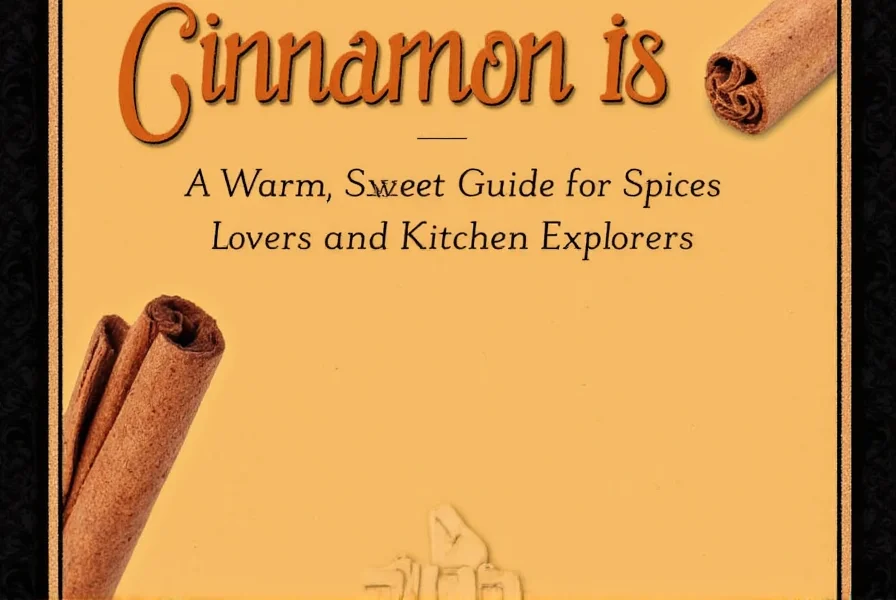
Ceylon vs Cassia: Key Differences
| Type | Origin | Flavor Profile | Appearance | Common Uses |
|---|---|---|---|---|
| Ceylon Cinnamon | Sri Lanka, Madagascar | Milder, sweeter, more delicate | Light tan color, thin brittle layers | Baking, desserts, delicate sauces |
| Cassia Cinnamon | China, Indonesia, Vietnam | Stronger, spicier, more intense | Darker reddish-brown, thick hard bark | Baking, spiced coffee, meat rubs |
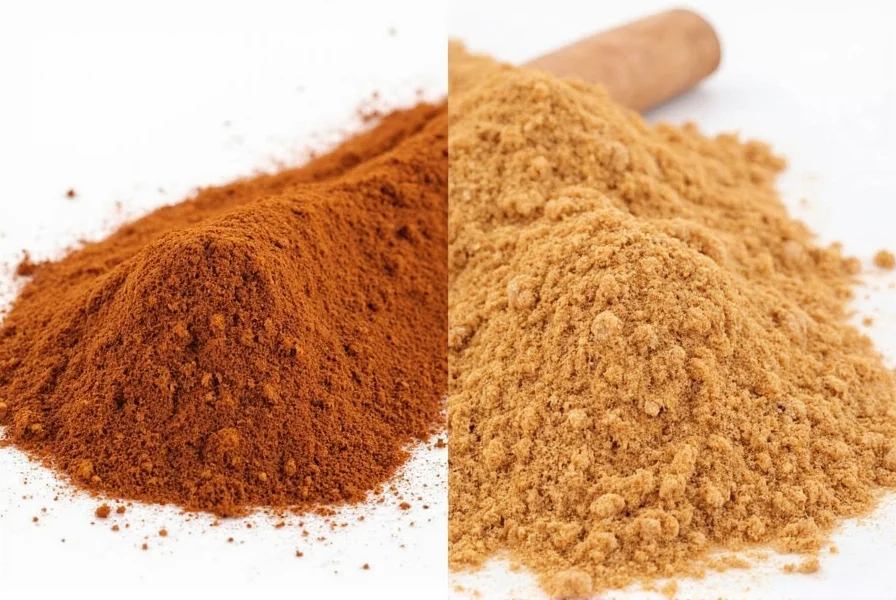
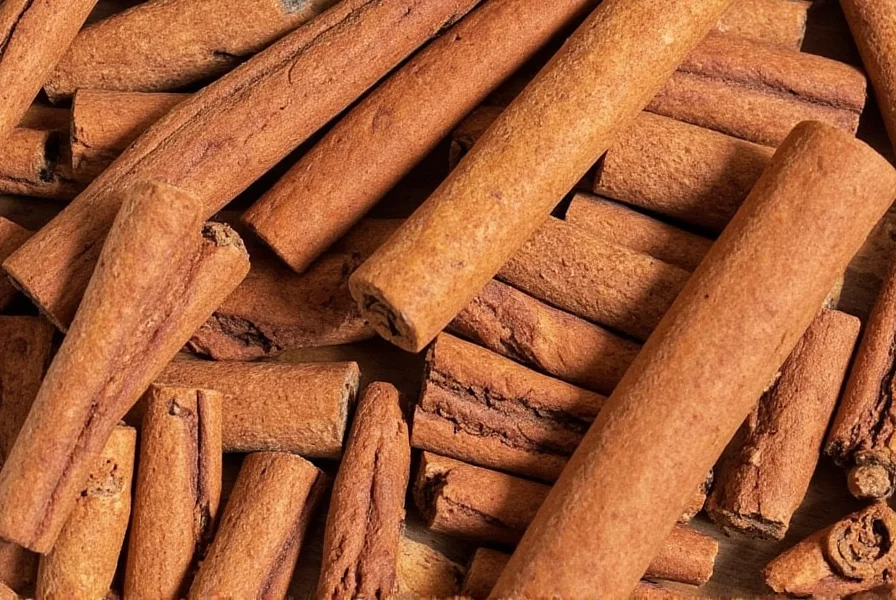
Culinary Applications
Cinnamon enhances both sweet and savory dishes through its versatile flavor profile. Key applications include:
- Baked Goods: Essential in pies, cookies, and breads for warm aromatic notes
- Hot Beverages: Adds depth to coffee, tea, and hot chocolate
- Savory Dishes: Used in Middle Eastern tagines, Indian curries, and Mexican mole sauces
- Spice Blends: Core ingredient in garam masala, pumpkin spice, and Chinese five-spice
- Seasoning: Sprinkled on oatmeal, yogurt, or fruit salads for instant flavor
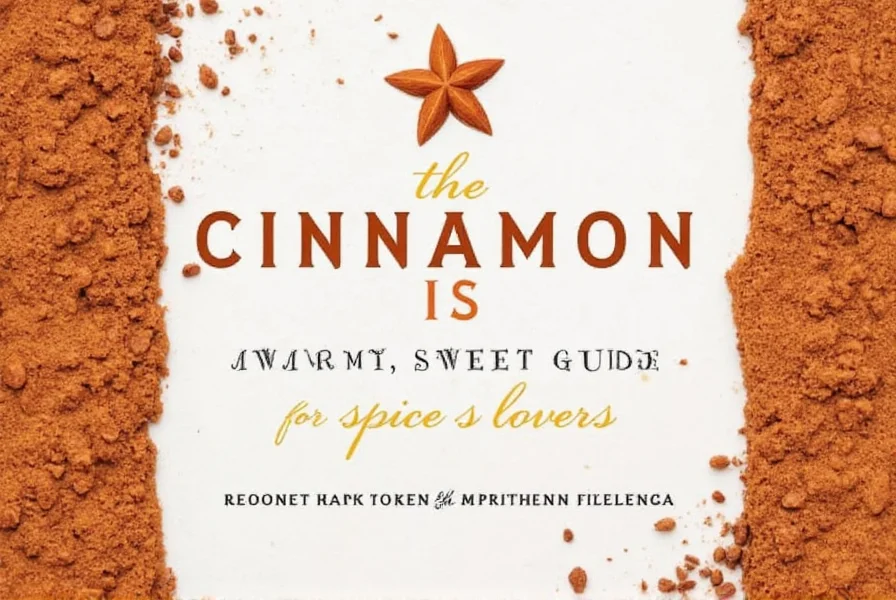
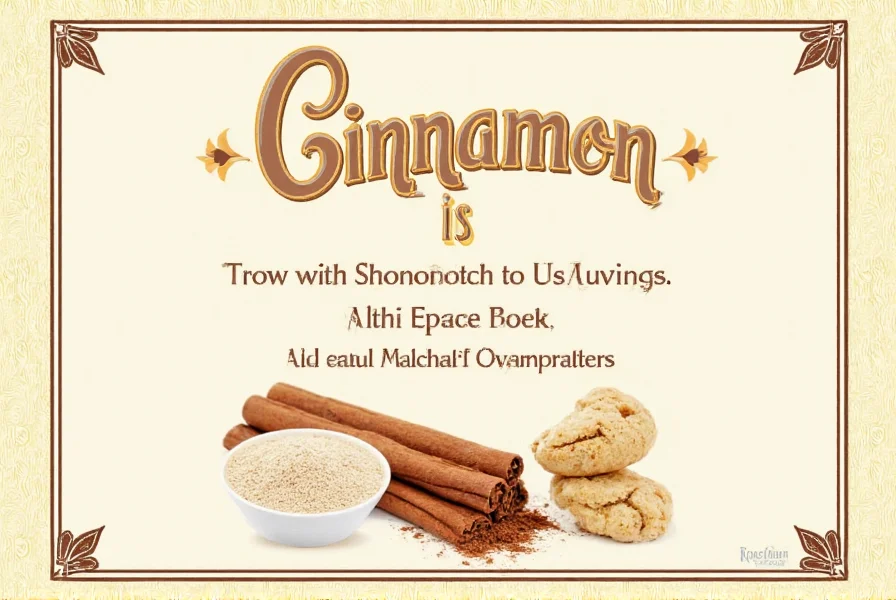
Health Considerations
Cinnamon has been traditionally used for its potential health benefits, including anti-inflammatory and antioxidant properties. Research suggests it may help regulate blood sugar levels, though scientific evidence varies. Important disclaimer: Cinnamon should not replace medical treatment. Consult healthcare professionals before using cinnamon for health purposes, especially if you have liver conditions or take blood-thinning medications. Cassia cinnamon contains coumarin, which may be harmful in large quantities.
How to Choose Quality Cinnamon
When selecting cinnamon, consider these quality indicators:
- Visual Inspection: Ceylon cinnamon has multiple thin, papery layers; Cassia forms single thick rolls
- Aroma Test: Fresh cinnamon should have a strong, sweet scent without mustiness
- Labeling: Look for "Ceylon" or "true cinnamon" for milder flavor; "Cassia" for stronger taste
- Form: Whole sticks retain freshness longer than ground powder; grind at home for optimal flavor
- Source: Reputable suppliers often provide origin information and purity certifications
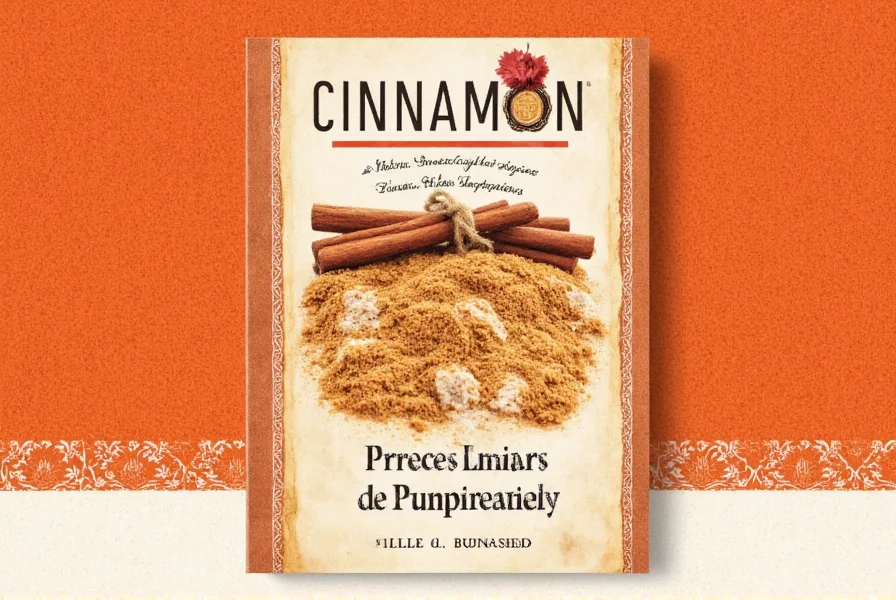
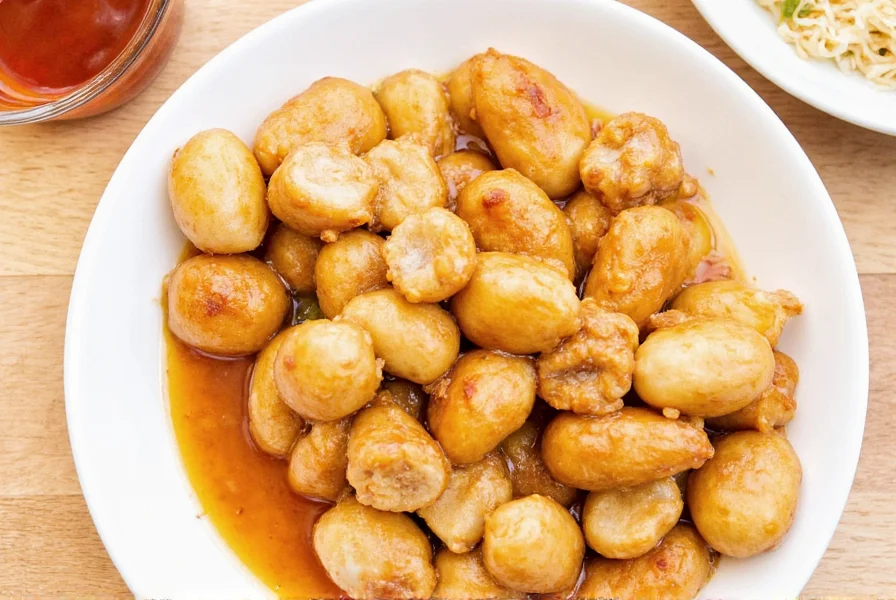
Expert Usage Tips
- Grind Fresh: Whole sticks retain flavor longer; grind just before use for maximum aroma
- Pairing Guide: Complements apples, bananas, chocolate, and nuts; avoid pairing with highly acidic ingredients
- Timing Matters: Add to slow-cooked dishes early for full flavor development
- Balance Flavors: Use sparingly with Cassia (stronger), increase slightly for Ceylon (milder)
- Experiment: Mix with nutmeg, cardamom, or cloves for complex spice blends
- Savory Applications: Try in roasted vegetables, meat rubs, or tomato-based sauces
- Tea Preparation: Simmer cinnamon sticks in water with honey for soothing beverages
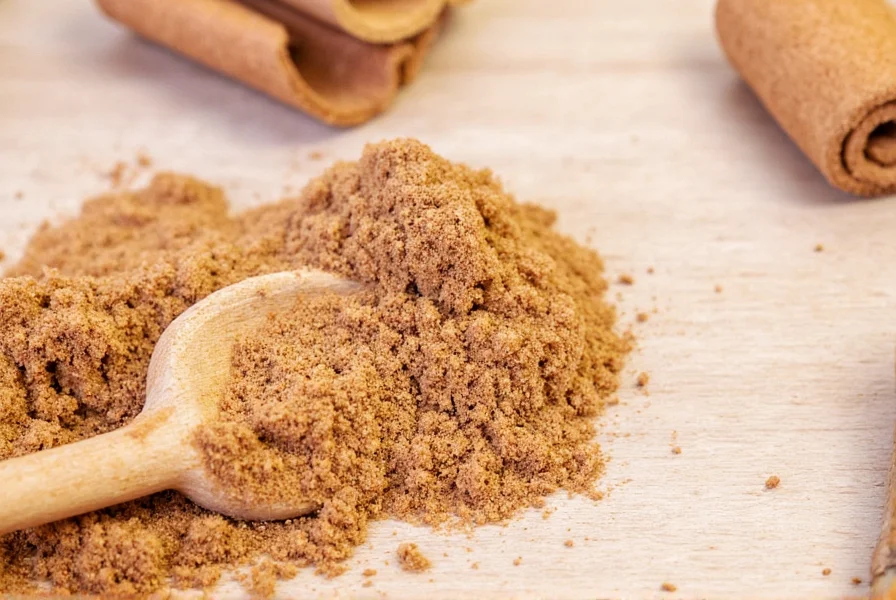
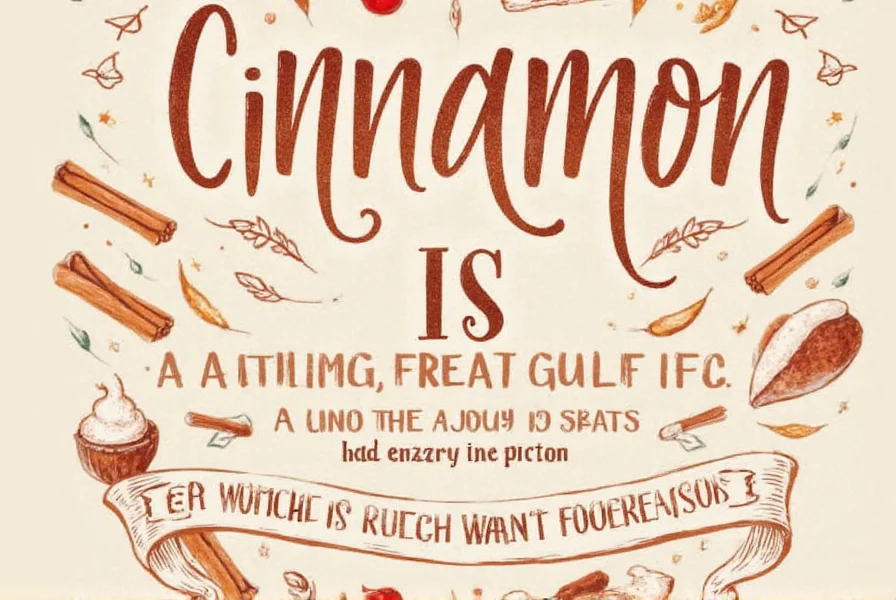
Proper Storage Methods
Preserve cinnamon's flavor and potency with these storage techniques:
- Store in airtight containers away from light and moisture
- Keep whole sticks in cool, dark places for up to 3 years
- Ground cinnamon maintains quality for 6-12 months when stored properly
- Avoid refrigeration, which can cause condensation and spoilage
- Test freshness by rubbing a small amount between fingers; strong aroma indicates good quality
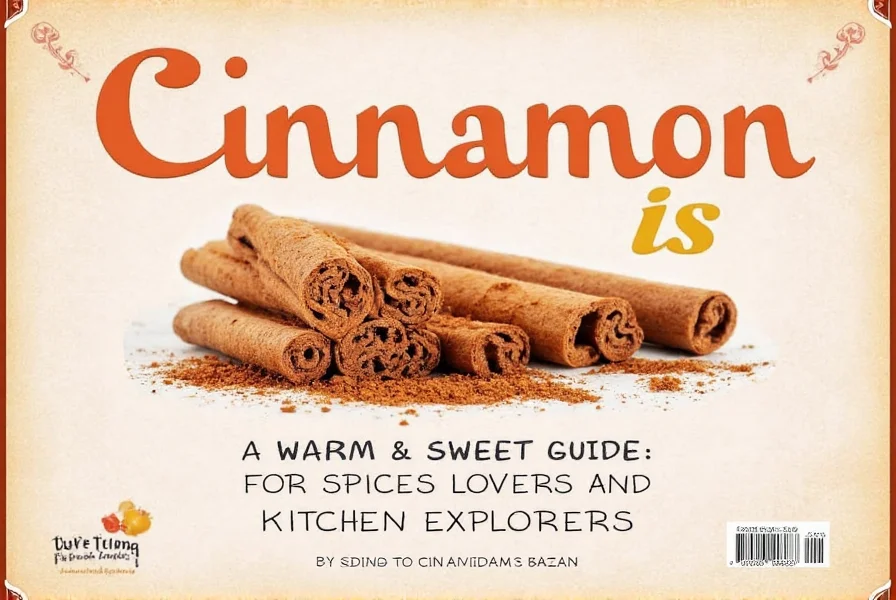
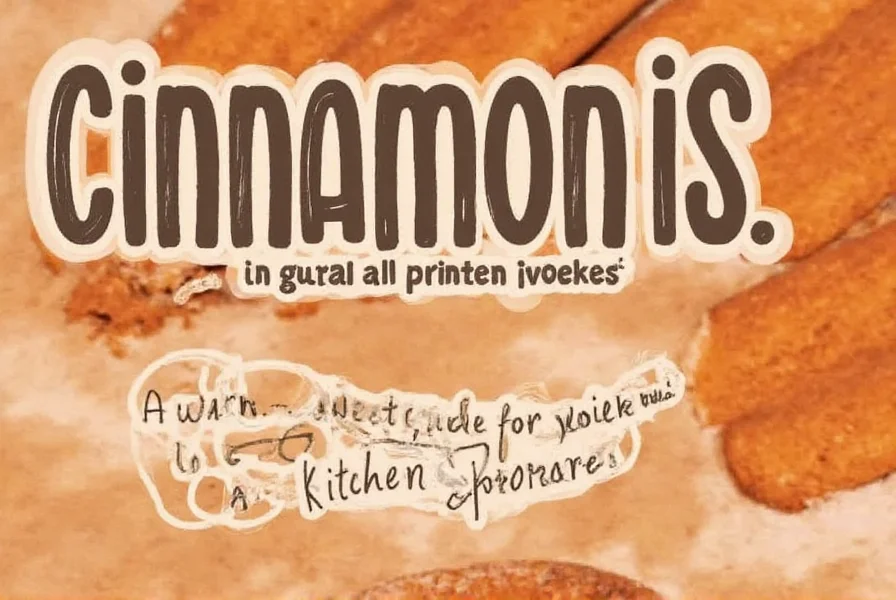

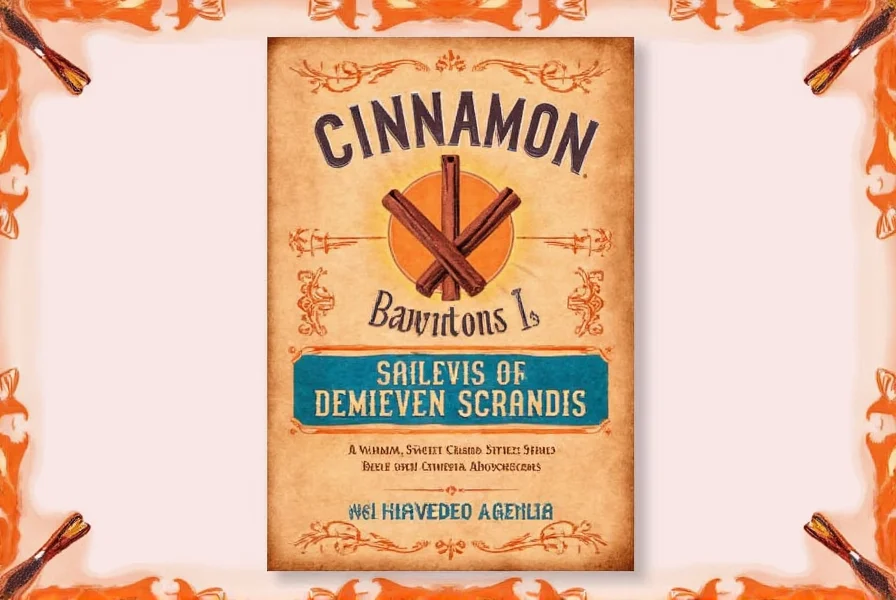









 浙公网安备
33010002000092号
浙公网安备
33010002000092号 浙B2-20120091-4
浙B2-20120091-4